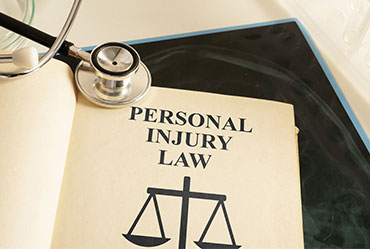Search

New York’s legal landscape for personal injury cases is complex and dynamic, designed to ensure justice for individuals harmed by negligence. The “Personal Injury Act,” although not a singular legislative piece, refers broadly to the body of laws that govern how personal injury claims are handled in New York. This blog will unpack its key aspects, offering insights for victims and legal professionals alike.
Personal injury encompasses a range of cases where one party’s negligence or intentional act causes harm to another. Common examples include:
The statute of limitations sets deadlines for filing lawsuits, varying based on the nature of the injury:
Failing to file within these time frames usually results in the loss of legal recourse.
New York follows a pure comparative negligence rule, meaning that even if the injured party is partially at fault, they can still recover damages. However, their compensation will be reduced by their percentage of fault. For instance, if a claimant is found 20% responsible for an accident, their awarded damages will decrease by 20%.
Victims of personal injury can pursue compensation for various types of damages, including:
Awarded in cases of gross negligence or intentional misconduct, designed to punish the wrongdoer and deter similar behavior.
For motor vehicle accidents, New York’s no-fault insurance system requires drivers to carry Personal Injury Protection (PIP) coverage. This ensures victims receive prompt compensation for medical bills and lost income, regardless of fault. However, lawsuits for additional damages can only be pursued if the injury meets the “serious injury” threshold defined by law.
Navigating the intricacies of personal injury laws in New York often necessitates skilled legal counsel. An experienced attorney can:
The Personal Injury Act framework in New York aims to balance the scales of justice for victims of negligence. Understanding your rights, adhering to legal deadlines, and seeking professional legal advice are crucial steps toward achieving fair compensation. If you or a loved one has suffered an injury, consult with a knowledgeable personal injury attorney to protect your interests and secure the justice you deserve.